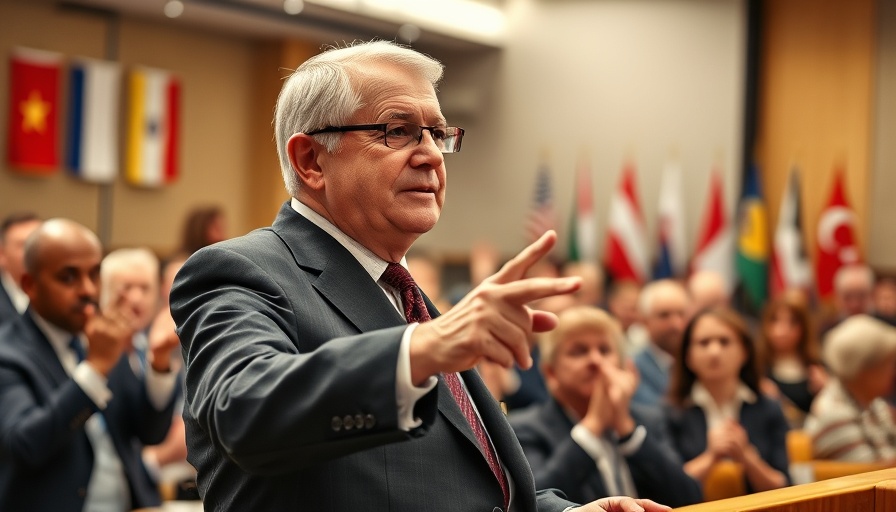
Ukraine's Innovative Drone Warfare Targets Oil Infrastructure
As the war continues to ravage Eastern Europe, Ukraine has adopted a strategic new approach to counter Russian advances on the battlefield. By focusing its drone operations on oil refineries deep within Russian territory, the Ukrainian military is aiming to diminish Russia's fuel supplies and compel President Vladimir Putin to reconsider the ongoing conflict.
Assessing the Impact of Drone Strikes
With some 21 out of 38 major Russian refineries reported attacked since January, analysts suggest these relentless drone strikes could be a turning point in the war. According to reports, 14 refineries were targeted in August alone, paralleling a sharp increase in public fuel shortages within Russia, where citizens have begun to feel the pinch. In places like Vladivostok, long queues seen at gas stations indicate a dire fuel crisis, exacerbated by the heightened frequency of Ukrainian strikes.
The Role of Sanctions and Direct Strikes
Ukrainian President Volodymyr Zelensky has publicly stated that "the most effective sanctions, the ones that work the fastest, are the fires at Russia's oil refineries." This bolstered stance on direct attacks aims not only to disrupt Russia's fuel production but to impact public sentiment within the country, which could, in turn, influence the Kremlin's decision-making process. Reports show that since the initiation of these drone strikes, Russian gasoline prices have surged significantly—some areas experiencing an increase of up to 40% in fuel costs, prompting the Russian government to enforce a gasoline export ban to manage the local crisis.
Military Technology and Modern Warfare
Ukraine's drone teams, under the cover of darkness, perform meticulous inspections and launches of long-range drones, showcasing a stark evolution in military technology since the onset of the war. The substantial size and explosive capabilities of these drones (with a wingspan of 24 feet and up to 110 pounds of explosives) symbolize the seriousness of Ukraine's new operational strategy. The risks are palpable, as the teams work in full protective gear, fully aware they are targets for Russian retaliation at any moment.
Rising Challenges for Russia's Oil Industry
The rise in drone attacks has forced a portion of Russia's refining infrastructure to halt operations, leading to a significant contraction in production capacity. Reports estimate that Russia's fuel output could be down by as much as 20% due to sustained drone attacks aimed at key refineries. The impact is not only limiting the operational capacity of Russian forces but also stressing civilian fuel markets heavily dependent on a consistent supply.
A Broader Strategy: Military and Economic Goals
Experts suggest Ukraine's strategy is dual-faceted: dismantling Russia's energy infrastructure while simultaneously sowing discord among the Russian populace. Influential political figures, like former Deputy Energy Minister Vladimir Milov, indicate that the Ukrainian military is actively targeting sites crucial for both civilian use and military logistics, thereby amplifying the effect of strikes on Russian supply lines that feed the ongoing war.
The Future of Fuel Warfare: Predictions and Beyond
As Ukraine increases the intensity and effectiveness of its drone campaigns, the ramifications could extend beyond immediate military gains. With the approaching winter, the stakes are high. Should these supply lines continue to be disrupted, the challenges faced by Russian civilians could lead to an erosion of support for the war, affecting Putin's political standing at home. The international community is keenly watching how these developments unfold, debating whether further sanctions on Russia's oil exports will bolster the effects of Ukraine's ongoing strategy.
While these drone operations are not expected to bring Russia to its knees entirely, they mark a significant shift in how modern warfare is conducted, underscoring the essential role of technology in current geopolitical struggles. With tactics like this gaining momentum, the predictions for the future of the conflict remain uncertain but increasingly compelling.
 Add Row
Add Row  Add
Add 




Write A Comment